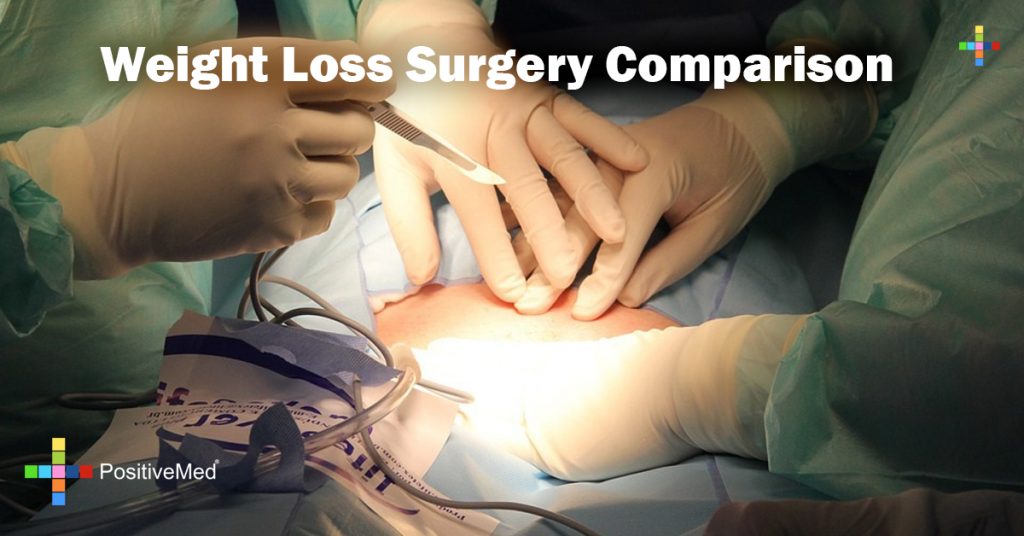
Weight Loss Surgery Comparison:
Weight loss surgery is a procedure performed on very obese people to help them lose weight. This procedure limits the amount of food you can put in your stomach. There are different options for weight loss surgeries and often people become confused. Each procedure has its own advantages and disadvantages and is performed for various reasons such as weight loss and treatment of diabetes. Weight loss surgery is not for everyone and you should consult with your doctor to see if it’s right for you. The risks and complications of weight loss surgeries vary based on the type of surgery, the weight loss surgery center, and the person’s underlying conditions. The more extensive the weight loss surgery, the greater the risk for nutritional deficiencies and other complications. Between 10-20% of people who have weight loss surgery require a follow-up operation for complications. Complications may include gallstones, anemia, and osteoporosis. A new study published yesterday shows that it’s better to not become pregnant for 1-2 years after weight loss surgery.
The most common weight loss surgeries are Gastric Bypass Roux-en-Y (GBR), Adjustable Gastric Band (Lap Band) and Gastric Sleeve.

Roux-En-Y Gastric Bypass is effective for people with a BMI of 35-55 and with a “sweet tooth.” Vertical Gastrectomy With Duodenal Switch (DS) is more effective for people with a BMI of more than 50. This process has the highest incidence of complications among weight loss surgeries. With this process people can lose 75 -85% of excess weight. Vertical gastrectomy is more effective in people with a BMI of above 60. For those who are more disciplined and committed to regular diet habits and exercise, Lap Band is the best solution.
This infographic shares more details about weight loss surgery.

Reviewed By Nima Shei, MD






